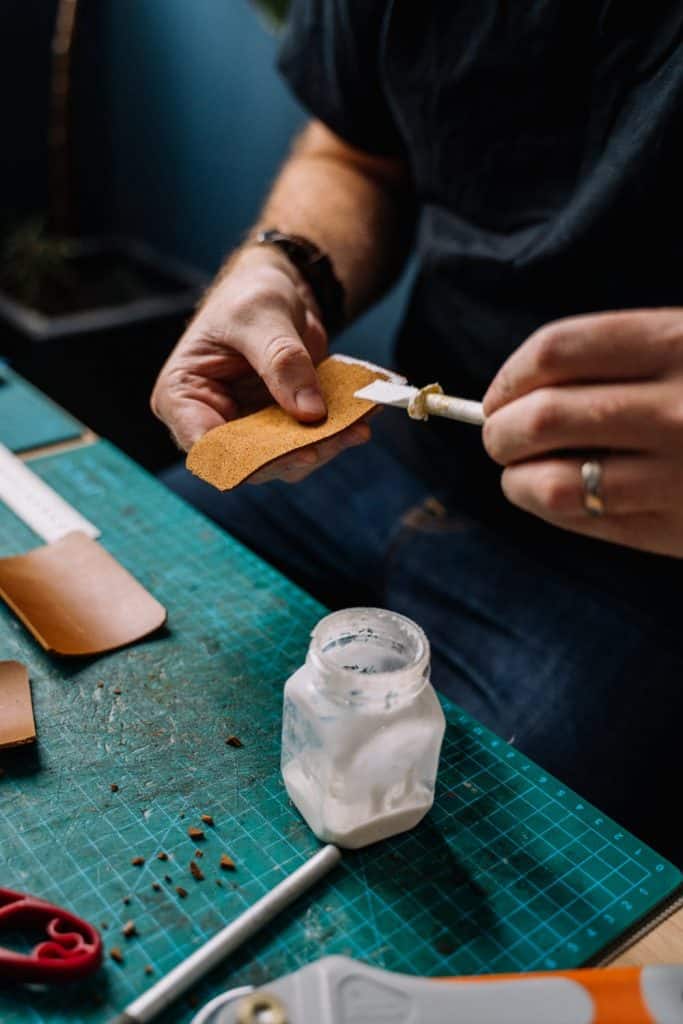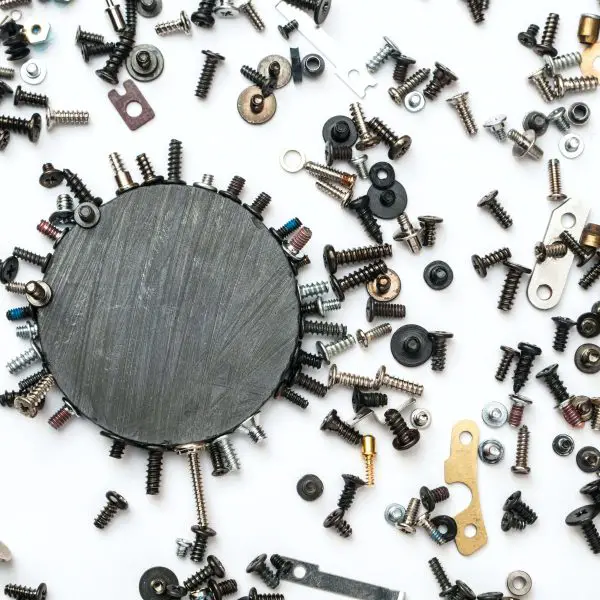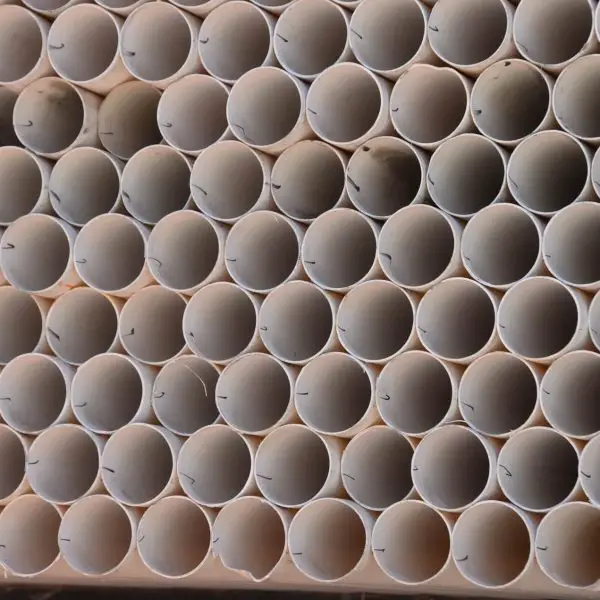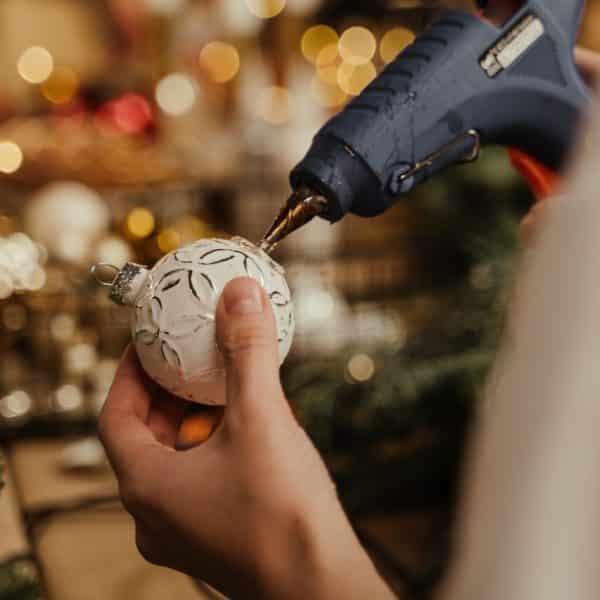Hide glue has been used for thousands of years, way before the modern PVA glues were invented. Its specific properties make it an excellent choice for furniture and instrument parts bonding.
In this article, we will go through the properties of the hide glue and the most common uses for this adhesive.
What is Hide Glue?
Hide glue is an adhesive of animal origin. It’s obtained from collagen, a protein molecule. This protein is found in animal hides or skins and is mostly made of horse hides.
Hide glue is one of the first known adhesives used in the history of mankind. The Egyptians have been using this glue since around 2000 BC. They have used hide glue mainly for furniture. There are also records that Romans used animal glues for wood.
When PVA adhesives were discovered the use of hide glues plummeted. Hide glue is still used today, although it’s limited mostly to furniture and musical instruments.
The strength of the hide glue is indicated in grams. The more grams you have, the stronger the glue is. The grams also indicate the setting time, so more grams equal faster setting time.
Types of Hide Glue
There are two main types of hide glue, liquid and hot hide types of glue. Liquid versions are more popular today since they are very easy to use compared to the crystal hot glues.
Hot hide glues, on the other hand, require some experience to work with. They usually come in granules or crystals and have high gram strength.
They need to be mixed with water, and the mixing needs to be accurate, or the adhesive won’t be applicable. After mixing the glue needs to be heated, usually to around 140 degrees Fahrenheit.
You need to be quick when working with granulated hide glue since the setting time is usually much faster than with liquid.
Properties Of Hide glue

Hide glue has some pretty unique properties that make it really convenient for certain uses.
First off, they are natural and therefore not toxic. They are great for indoor use, no matter how confined the space might be. You won’t have any allergic reactions while working with them.
The hide glue cures at room temperature and creates a very strong bond. Since the adhesive sets by cooling to room temperature, high temperature will prolong the setting time and make it slower.
Since the setting time is usually over 30 minutes, the hide glue requires clamping to make a good bond.
This glue is also known for its easy removal and application. The glue can be easily dissolved in water or alcohol. It sticks to itself, so it’s great for reapplication, and adding more glue won’t be an issue with this adhesive.
The hide glue is known to be brittle and breaks fairly easily on stronger impact. It probably won’t resist high pressure.
Temperatures warmer than 140° Fahrenheit make the protein chains in the adhesive get altered and the bond weakens.
When dry, this adhesive can last a very long time. Its shelf life is much longer than those of modern adhesives. The liquid version can last long but only if kept in the refrigerator.
What Is Hide Glue Used For
The hide glue’s most common use today is in furniture and musical instruments.
It’s often used in the music instrument industry since it’s brittle and is easily removed with water. That’s a great feature when you need to easily take apart an instrument without altering the finish.
It is widely used by woodworkers as well. They prefer this glue because of its solid strength and slow setting time that allows them enough time to assemble the pieces. When needed, they can disassemble the parts easily by using water which is a particularly important feature to have in antique furniture restoration.
The hide glue also doesn’t interfere with the finish of the furniture and doesn’t require cleaning, which is an added plus for woodworkers.
The cons of this glue are warm temperatures and water resistance. It’s not recommended for outdoor use. But for anything indoors with a regulated room temperature, this glue works really well.
Is Hide Glue For Me?

That largely depends on what you intend to use it for. As we said earlier, this glue is perfect for antique furniture restoration and musical instrument restoration and assembly.
If you’re into woodworking, definitely try it out. The liquid version, like the one from Titebond, works great on furniture. You can find it on Amazon here.
You will get very strong bonds, much more open assembly time, and a clean finish. If you make an error, it’s so easy to mend it. Just apply some water, and the hide glue is gone.
Frequently Asked Questions
Is hide glue strong?
Yes, it is. It’s strong enough to bond wooden furniture, and that’s what it’s most frequently used for.
What is hide glue made of?
Hide glue is an adhesive obtained from animals. It’s made from collagen, a protein molecule. This protein is found in animal hides or skins.
What is liquid hide glue?
Liquid hide glue is an easy-to-use version of hide glue. It doesn’t require mixing, heating, and cleaning like the crystalized or granular type of hide glue. It’s great for woodworking and musical instrument repairs.
How long does hide glue last?
Hide glue in crystals or granules can last for decades! The only thing you need to do is keep it dry, and it will be preserved.
Is hide glue water resistant?
No, it’s not. This is actually not a bad thing. The low water resistance allows you to take apart bonds made by hide glue very easily. All you need to do is apply some water to the joints, and the glue can be easily removed!
Conclusion
That’s about it regarding hide glue. It’s truly a special kind of glue, used for special kinds of projects.
It’s an excellent choice for woodworking and musical instruments because of its strength, slow setting time, and ease of dissembling.
If you are having similar projects to these, give this glue a try, and you’ll be surprised how convenient and easy to use it is.







